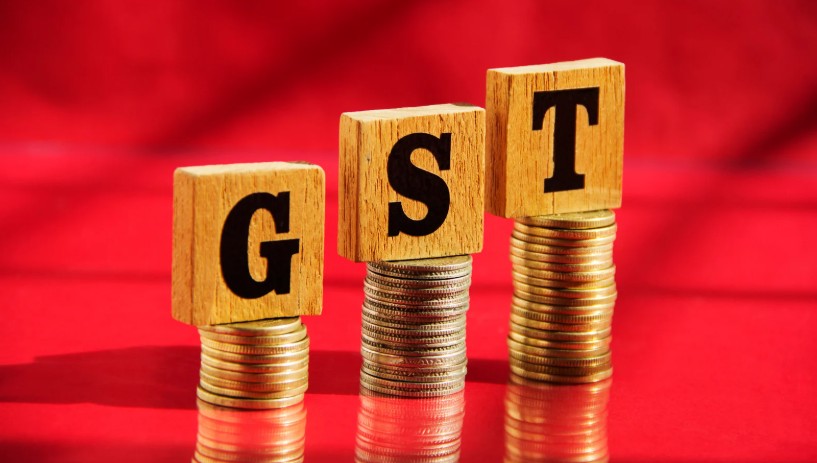July 16, 2025: Pragmatic GST Tax Relief, Arriving by Diwali
Prime Minister Narendra Modi has announced a “next-generation” GST reform, set to roll out by Diwali. The simplified tax framework is designed to reduce the burden on daily-use items, shifting a large share of goods from higher tax slabs to more affordable ones
A notable detail: 99% of items currently taxed at 12% could move to a 5% bracket, making everyday essentials cheaper for families and easier to manage for small businesses
What Consumers Stand to Gain
- Lower grocery and household bills: particularly meaningful as incomes stay stretched.
- Greater purchasing power ahead of festive season, potentially boosting spending and savings.
What Businesses, Especially MSMEs, Can Expect
- Streamlined GST compliance with fewer slabs and simplified filings.
- Reduced costs and better cash flow, aiding smaller players in the marketplace.
- A catalyst for growth, as easier taxation spurs scaling and market participation.
Reinforcing Broader Reforms
This GST announcement complements wider reform priorities:
- A newly formed task force for next-generation reforms intends to reshape economic policy with future-ready measures
- The PM also emphasized self-reliance, promising lower GST rates alongside protection for farmers, tech independence, and bolstered domestic defense and energy sectors
PM Modi’s Core Takeaways from the 79th Independence Day Address
Swadeshi and economic inclusivity, promoting local products, repealing outdated laws, and raising the tax exemption limit to ₹12 lakh
Self-reliance as a foundation for national strength (Atmanirbhar Bharat, across energy, defense, tech, and agriculture
GST reform as a Diwali gift, a tangible tax benefit to ease life for citizens and small businesses
Job creation through the PM Viksit Bharat Rozgar Yojana, targeting 3.5 crore youths via ₹1 lakh crore investments
Technological independence, Made‑in‑India chips by year-end, plus space and deep‑water missions






